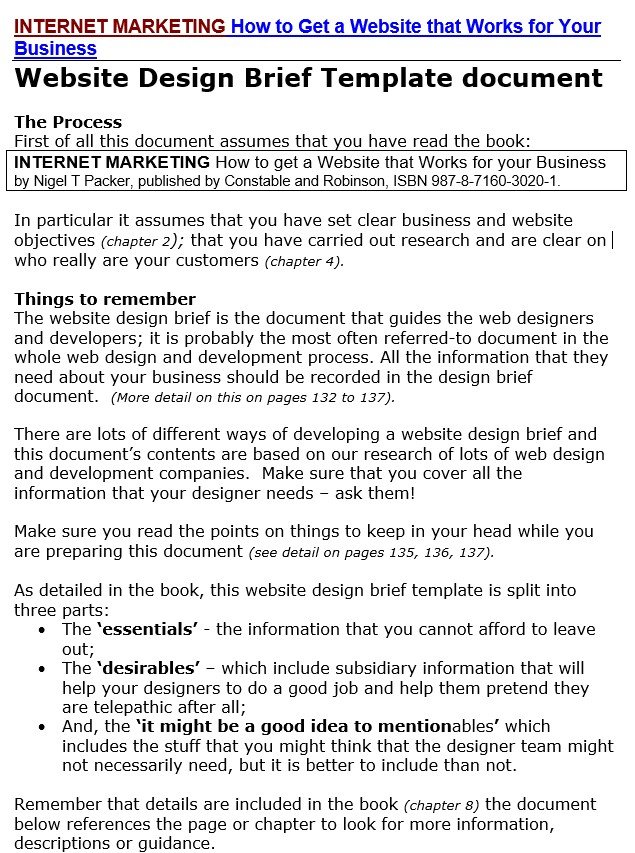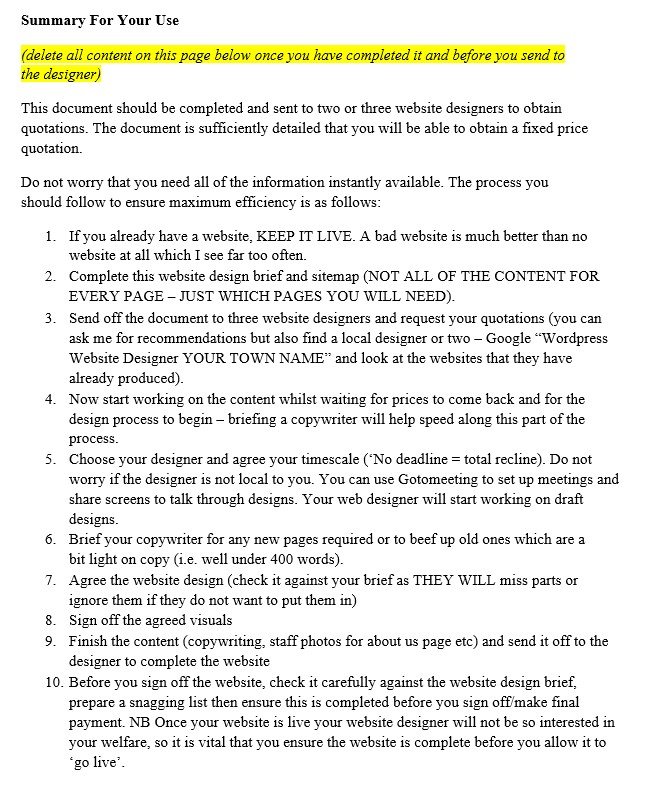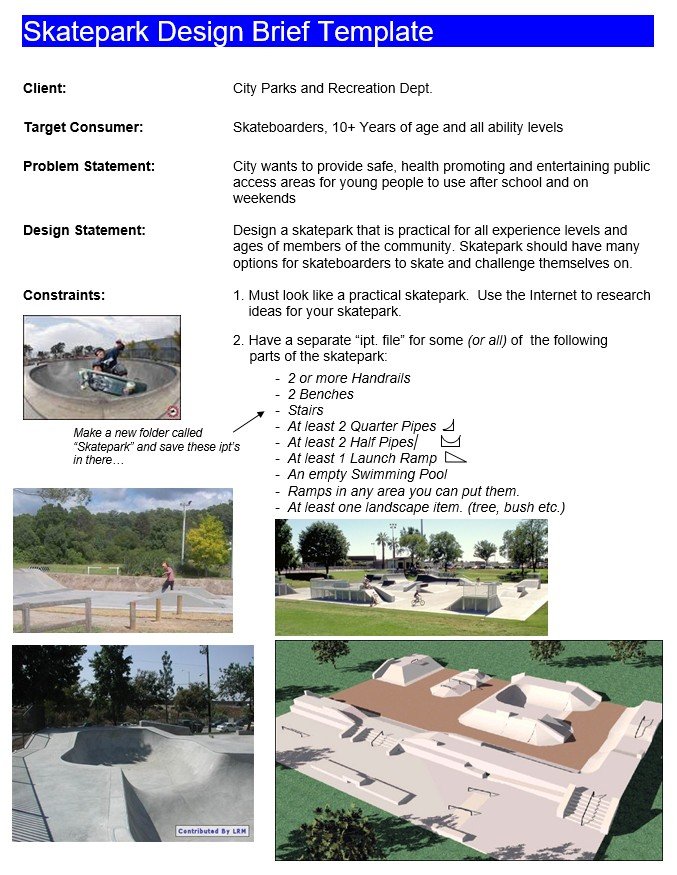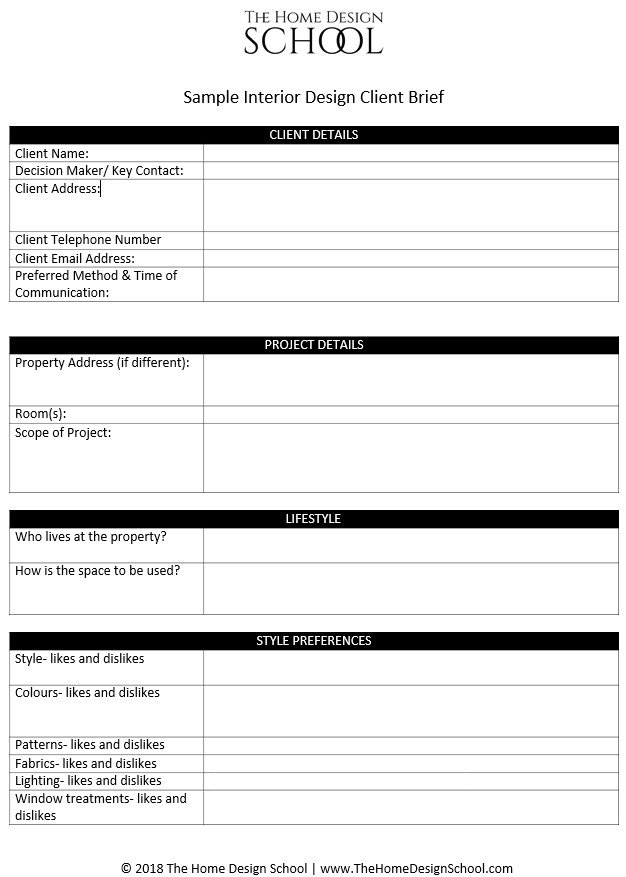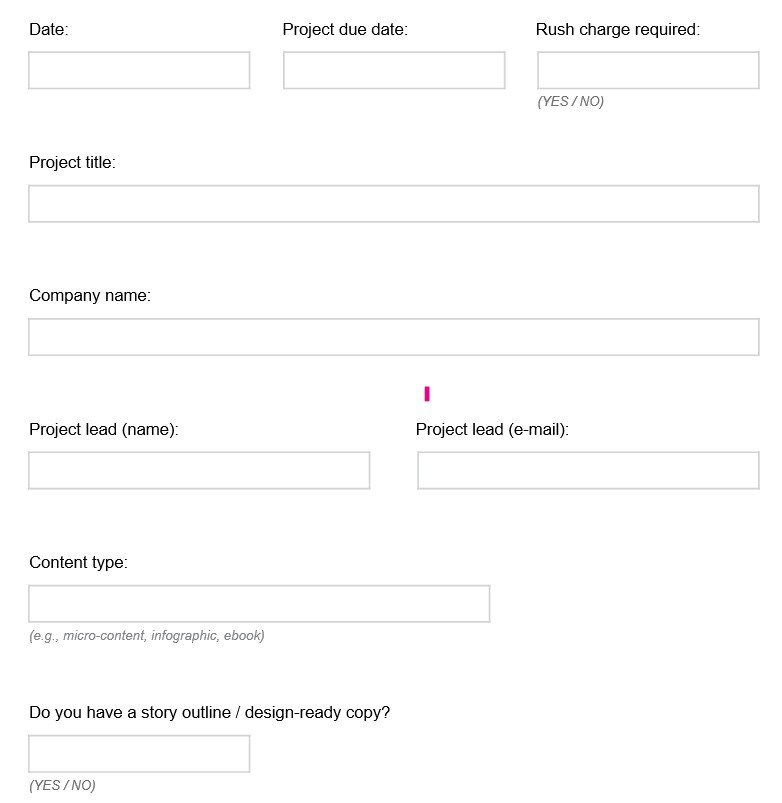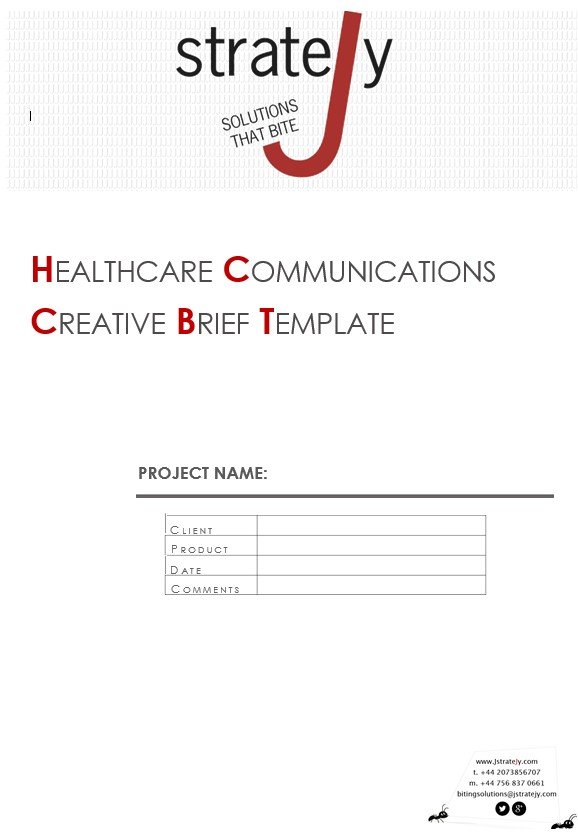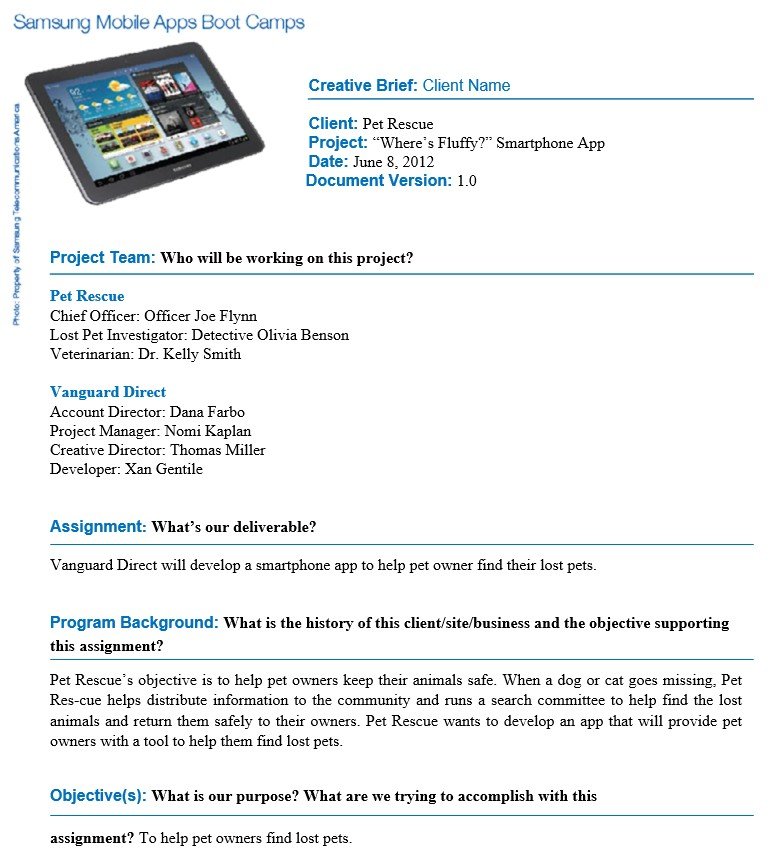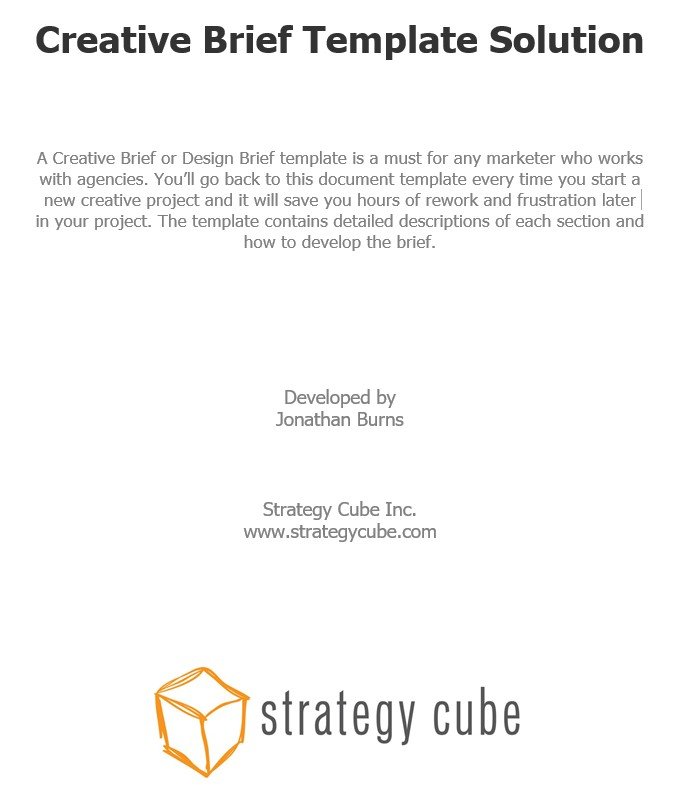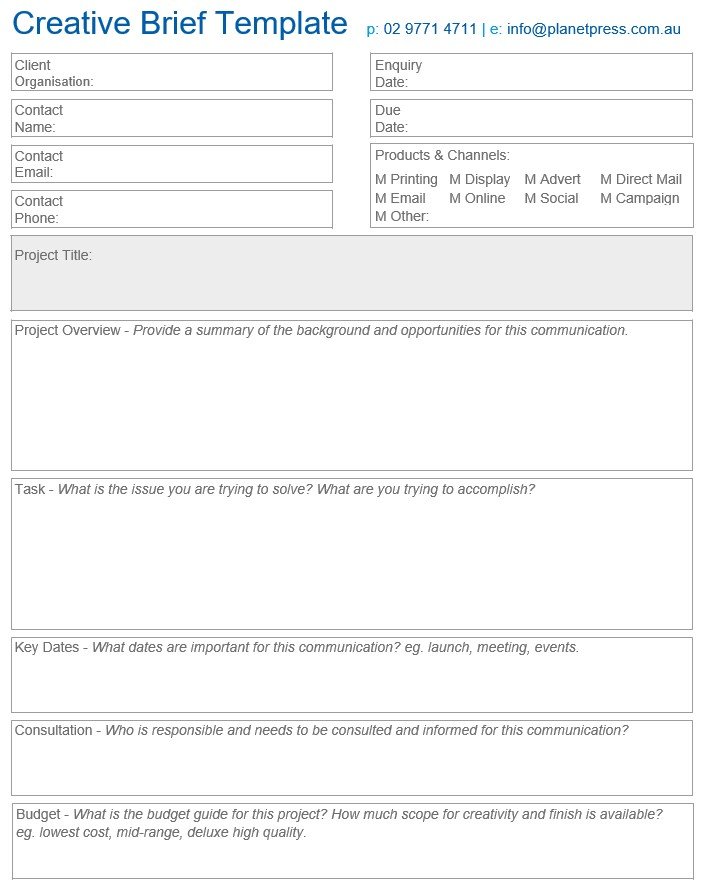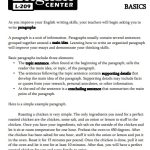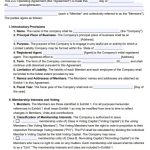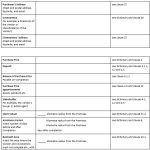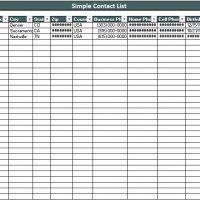A design brief template is a document used at the starting of collaborative design projects to demonstrate what the requirement of the project is. The design brief defines the requirements of the project from the client’s point of view. These requirements have to follow by the designer when they start work on the project. These may contain everything from preferred deadlines to the expected budget.
Moreover, when initiating a conversation with the design agency, it is important that clients send along design briefs along with other project documents. To create design briefs, some clients use everyday software. They also use everyday software to buy a design brief example from the internet.
Some may not send a design brief to the designer. In such a case, the designer should requests for it. In addition to this, the designer may also send over an in-house creative brief example for the client to fill in.
Table of Contents
The purpose of a design brief:
A design brief contains a project’s key details and objectives so it serves as an understanding between the designer and the client. A discovery stage in which the designer works with the client is entailed in creating a brief. It helps them to develop the purpose of a project, its objectives, and the criteria for success.
By explaining the designer’s understanding, a brief also assists in establishing a sense of trust. For every involved party, briefs provide clarity and prevent confusion. In addition, design briefs are a great way for freelance designers to learn how to price their time and services.
Why do you require a design brief?
A design brief is an important addition to any design collaborative project. Nowadays, it is employed in nearly every design project. Here are the reasons that why you should need a design brief;
Saves time
Design briefs make everything clear from the very beginning instead of going back and forth with ‘clarification’ phone calls and emails. Before the project starts, any unclear points are cleared. This saves time for all involved parties.
A guide for the designer
In the absence of a client’s guidance, the design brief is an important guidebook for the designer. While selecting color, materials, themes and more, the designer has to keep the brief in mind.
Eliminates miscommunication and disagreements
A design brief makes every participant’s position clear from the beginning. So, it helps rule out these disagreements.
What should be included in a design brief?
Here are a few elements that you must include in every brief;
Project Overview
In this section, include a succinct description of the client and the project.
Company description
A description of the company and an overview of its values should include in a brief.
Project objectives
It is the most important element of any brief. You have to state the reason for the project’s existence.
Target audience
Briefs should provide an outline of the client’s target market as they don’t need significant market research.
Scope
The project’s scope should mention in briefs. It assists in establishing the amount of work upfront.
Timeline and budget
A close approximation of the time and budget stated by the project’s scope must include in every brief.
Some tips for writing the design brief:
Consider the following tips to write an effective brief;
- You should clearly define the problem you are designing for.
- With your client, never rush through the initial discovery and consultation. It would be better to ask the right questions that save incalculable time later in the process.
- Be sure to check the brief for spelling and grammar errors before handing it over to a client.
Communication is the main purpose of a brief. It is important to the success of a collaborative project.
Questions to ask in a design brief:
You should include the following questions while writing your own design brief;
What’s your business do?
The design brief remains of no use without this question. Clients must provide the details of their brand that involves their product lines, their history, their mission and vision. This assists the designer in knowing where to start and what’s suitable to consider or not.
What is the intended goal of the project and how will it be measured?
It is essential to know what they want to get from this design project as every client comes in with different goals. Most client’s goals include the following;
- Increasing customer engagement
- Boosting traffic
- Boosting a new product or service’s release
- Changing/ improving brand image
- Boosting competitive abilities
- Forging brand differentiation
- Increasing sales
- Simplifying the customer experience
- Improving sustainability
- Forging a new brand and more
Knowing these goals assists the designer in determining the best ways to get the type of product design the client wants. Furthermore, clients should also describe how they expect the new product design to assist in achieving the said goals.
What’s your target audience in mind?
Every design brief should have a part on the target audience. The basic design brief examples from the internet should also feature one. The target audience can be the market, niche or group of people. For any product, the target audience directly affects the specifics of a product’s design. This is because the designer requires to speak to the people it is being marketed to. Therefore, two products may have different materials as well as in their packaging and branding have different colors. The designer should offer the following specifics while answering this question;
- Either it is business to business (B2B like cloud services) or business to customers (B2C like an iPhone) product, or both.
- The target population’s age, sex, income, location, and education.
- The target audience’s interests, values, and beliefs.
Who is the competition to look out for?
Some companies are so popular. Their competitors are already known by the general public. Some companies don’t have that luxury. In the end, designers may not recognize their new client’s major competition. Therefore, in the design brief, a client’s major competitors are requested for.
What is the expected tone of the project?
On the basis of the product or the brand story, it is easy to assume what a client might need. But, firstly, a client should make the confirmation in the creative brief.
Any design references and materials can you suggest?
It’s not taboo for a client to suggest some references for the designer to use when some clients may prefer to leave everything to the designer. Designer references assist a designer in painting the picture of the final product.
What is the budget?
Budgets are always made clear first because there is no design project of there is no money. Clients must make their budget clears to assist designers in gauging how much they can offer.
Whether or not some sections of the project already outsourced to other companies?
Some clients may offer different aspects of the project to other creators like photography and copy text. So, client should make it clear that whether the designer is expected to give all these services or they’ve been handed out to other service givers.
What are expected deliverables?
Photos, text, illustrations, logos, and more are the expected deliverables. All these deliverables and their submission date should be listed by the client.
Who is the main contact of the project?
The company contacts that are responsible in any way for the design project, a design brief should feature all of them. Each contact should include a name, title, phone number, and emails.
What is the project starting date?
The client has to indicate the date on which he expects the project to begin. This also assists in tracking working man-hours.
What is the expected deadline (s)?
A design brief should also have a section on submission deadlines. Some clients want each deliverable submitted on a particular date.
Conclusion:
In conclusion, a design brief template is an important questionnaire that client can use to answer the given questions for generating information about their business or company.
website design brief template
website design brief & sitemap template
skatepark design brief template
sample interior design client brief template
project requirements and design brief template
healthcare communications creative brief template
free design brief template
creative design brief template solution
creative brief template
FAQ’s:
When to use the design brief?
Create a design brief any time you introduce a new project. It outlines the scope of your project, your preferred style, and your budget and time constraints.
Why should you create a design brief?
The foundation of any creative project is the design brief. It acts as a business plan and source of truth. To make sure that everyone is on track, your business and the agency can reference the brief throughout the project.

